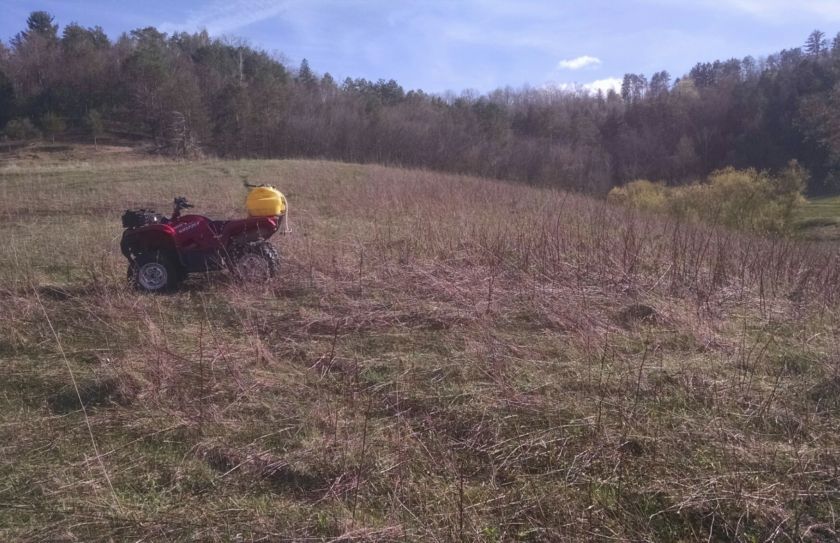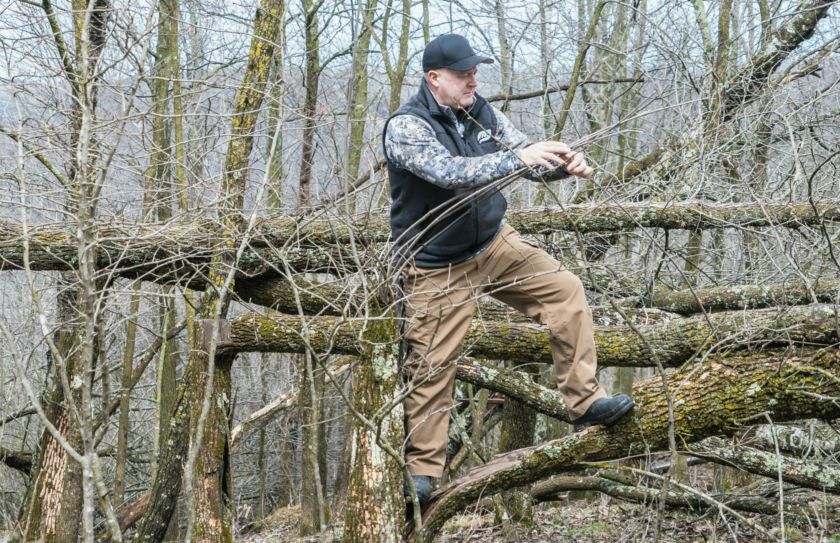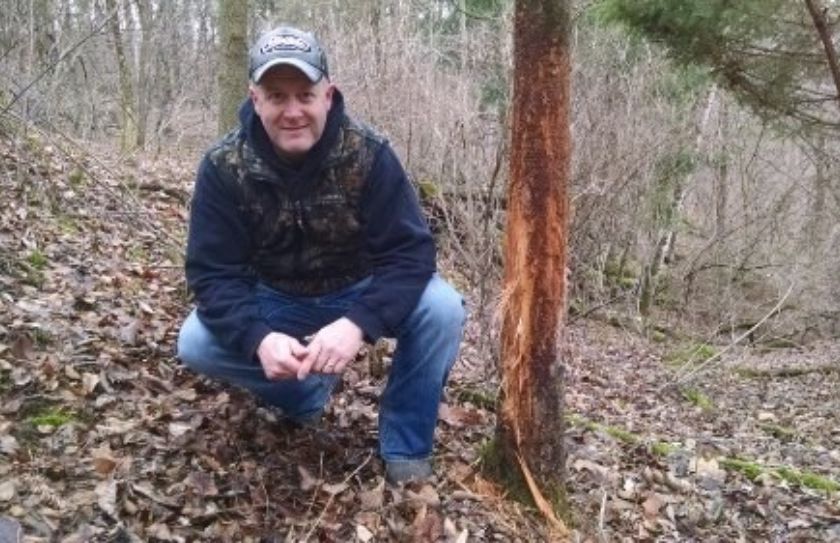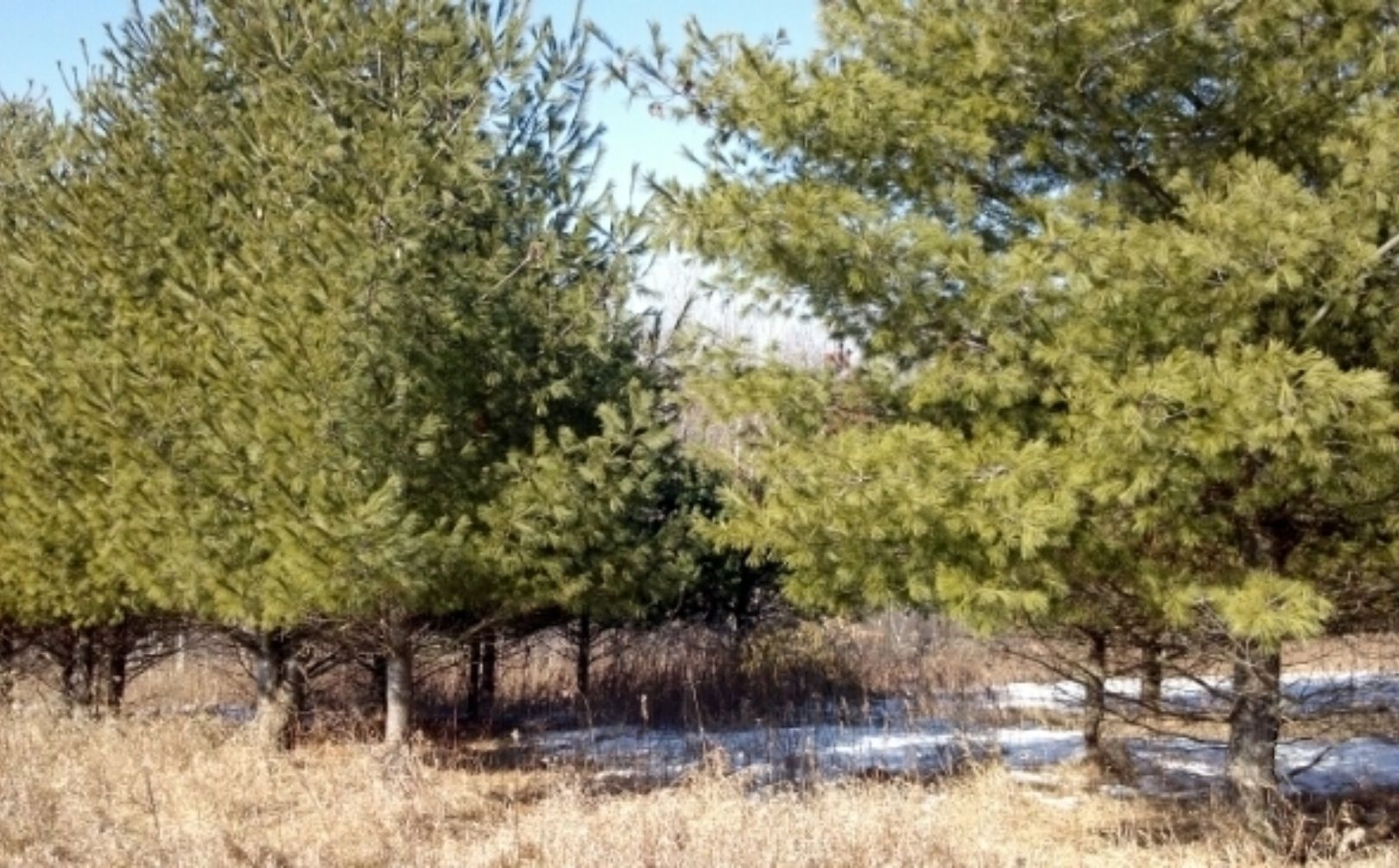
Conifer Plantings for Deer
Do you ever think of good bedding cover in terms of the available food? You should, and this is especially true for conifer plantings! Deer feed 5xs in a 24 hour period as rhythmic patterned feeders. This is critical when it comes to creating quality bedding cover because deer need to feed twice during the daylight hours.
*Bedding cover choices of conifer plantings, as well as various grasses including Switchgrass, Indian grass, Big and Little Bluestem offer little to no food value during the daytime hours.
*When deer bed within low-value bedding areas during the day it is because the have to, not because they want to. In low availability habitat areas, both conifer plantings and various grasses can truly hold amazing deer numbers but it is typically because there are simply, no other choices.
Effective Conifer Bedding Establishment
Conifer Plantings can be an outstanding base cover depending on the soil quality, soil type and climate. Basically if you can find a variety that you can plant, the deer will not eat and can grow successfully it is probably a strong candidate. Is Norway Spruce better than a White Spruce?
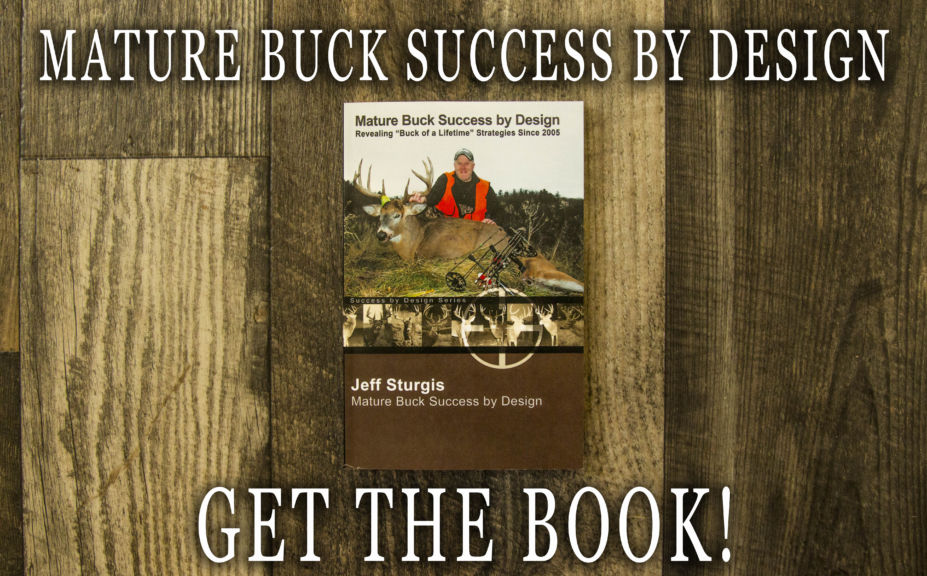
*This critical conifer planting tip, as well as most any other whitetail related strategy, is covered in my recently completely trilogy of Advanced Whitetail Strategy books, including the recently published"Mature Buck Success by Design", which details how to scout, prepare, forecast for and consistently kill mature bucks.
I have seen endless debates concerning things like this and there is really no correct answer. Simply, it all boils down to soil type! If you have high quality soils with plent of sun...try Norways. If you have poor, sandy low ph soils and either partial shade or full sun...try Whites. But really the type of conifer isn't necessarily as important as what you combine your plantings with, and how you distribute them.
*Long ago, MN grouse studies showed that staggered rows and irregular plantings of trees increased population #s 10Xs over straight, grid pattern plantings. I have experienced many times over that this is true for whitetails as well, and most likely most wildlife species. The reason in the study? Because straight and grid patterned plantings increased disease, stress and warfare among grouse populations. STRESS. Deer are creatures of stress, so it makes sense that as the stress level of bedding area increases, the use and level of attraction decreases.
*Conifer plantings for deer should always be planting irregularily, randomly and with absolutely no straight lines or even grid patterns. Grid patterns equal boards per food and low wildlife values, non-grid patterns equal low timber values and high wildlife values. I guess it depends on if you are a tree farmer, or deer hunter as to which is best for you.
*3000 trees with a 12x12 spacing may be enough to plant 5 acres, but this will result in very poor bedding habitat. However it isn't the number of trees that is the problem but instead the way it is planted. Instead, focus on the same # of trees, but distributed in pocket plantings of 2-15 trees at a time, with plenty of space between. The distance between the trees can be 2' or 10', but it pays to attempt to create the most natural looking planting as possible. In 15 years if someone visits your land the best compliment that they could give you is that they though the trees grew naturally.
*Although conifers and various grasses can be a pretty poor choice for bedding habitat alone, they are great when combined. Think of it this way, there are four bedding area types:
1. Conifer
2. Shrubs
3. Hardwood Regen
4. Grasses, weeds and briars
If you think in bedding habitat values with a "10" being the best, a conifer planting alone is a "2" (and that value is decreased to a 1 or less when planted purely in rows or grid patterns). Also, grass is a "2". However combine them and you will be left with a "4". Add Hardwood regen and you have a "6", and when all 4 bedding habitats are combined you have a solid "10". Think random, natural, uneven and you will be on the right track!
*Are you creating hardwood hingecuts or timber harvest activities on your land? Add conifers, planted in clumps of 2-10 at a rate of 100-200 per acre within specific bedding locations, and 50-100 within your general timber stand to increase diversity and the overall holding ability of your land.
Mix it Up
Rarely should only 1 variety of conifer be planted! A combination of conifers can be an oustanding practice for your deer bedding efforts. Slower growing spruce are great and provide the ultimate level of future future thermal protection with branches hanging to the ground even at maturity. However, those same aspects that produce quality thermal protection, also can create a virtual desert of food values. Try adding faster growing pockets of Scotch or Jack pine to your plantings. Those varieties of pine lose their lower branches early, and allow for a large amount of sunlight to hit the forest floor beneath. When sunlight exposure increases, so does the variety and volumes of understory that will grow to add a significant amount of both diversity and FOOD to your bedding plantings.
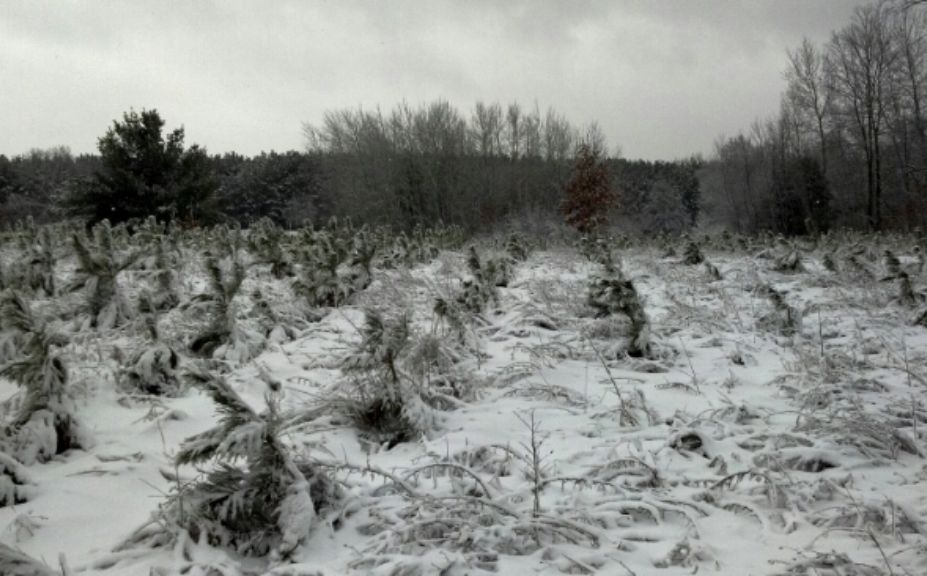
The above picture is a great start! Try this:
*Remove at minimum of 1/3 of the conifers by using a heavy disc or plow to create wildlife opening pockets. Keep in mind that North/South lengthy shapes will capture more mid-day growing sunlight, but random, irregular and evenly distibuted openings will substantially increase the diversity and overall bedding value of the planting. When the disc or plow is used, you should allow for a very good environment to promote the all of the quality of early successional growth/native regeneration in the form of hardwood varieties, grasses, weeds, briars, shrubs and even other conifers, including White Pine that can be seen in the background.
*In this particular picture the landowner needed to use the East side (to the left) and South side to access stand locations. In those areas...keeping the existing rows can greatly reduce the potential for deer/human encounters by offering a level of diversity and food value that is many times higher towards the interior of the stand.
*Conifer, as pictured above, can become a great base cover similar to various grasses and weeds. However, the base of conifer plantings or various grasses such as switchgrass alone again, is a very low value bedding cover (1-2/10). With a heavy disc diversity can be added very quickly.
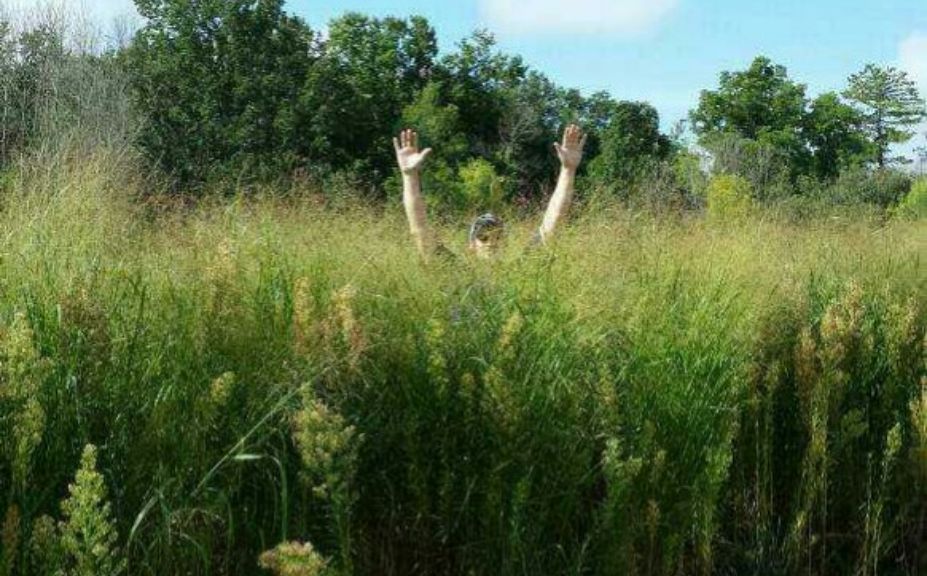
*Are you considering planting switchgrass? Check out this, "Switchgrass Plantings For Deer Guide".
Conclusion
Rowed conifer plantings are great for the ultimate level of timber production. However don't be fooled that the practice is also great for wildlife, in particular for deer. Rowed conifer plantings are also great for screening habitat to allow you to access undetected to deer stands, in particular along parcel borders. What is the best way to make sure that deer stay off your access routes? Plant conifers in rowed and grid patterns.
As you begin the ordering process for your Spring time tree plantings, conifers can be an oustanding addition to just about any parcel. However, keep in mind that food and diversity drive the quality of a bedding area, and that ultimate "10" combination can only be achieved when all 4 bedding types are established in the same location.
